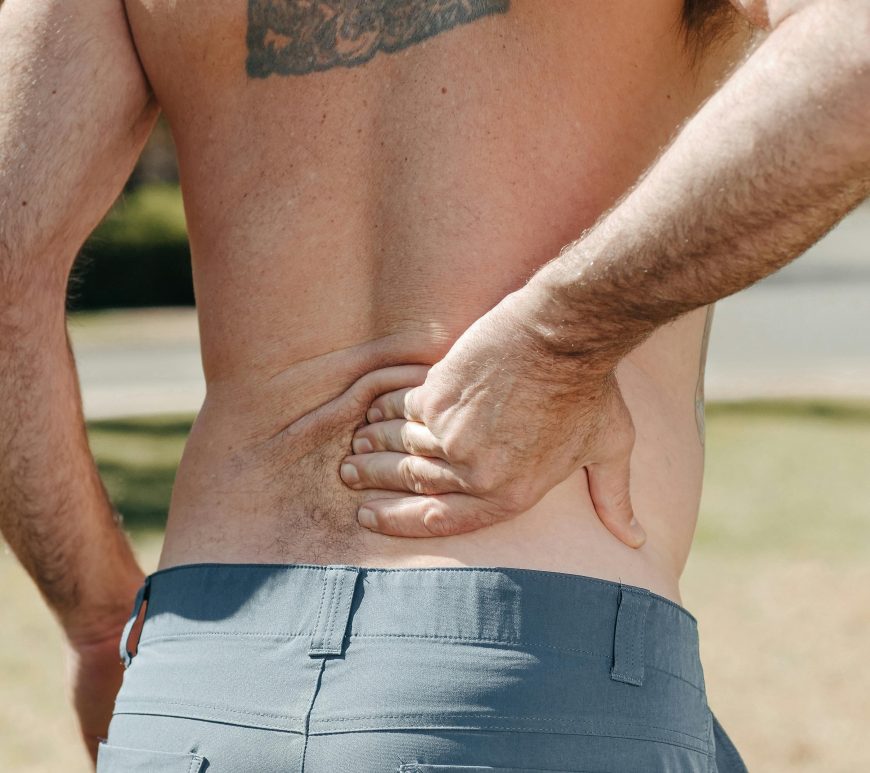
Which treatment strategy reigns economically: Brief pain management program vs. physical therapy for low back pain?
Current guidelines advocate for early intervention addressing psychosocial factors linked to long-term disability in acute low back pain cases. In 2007, Whitehurst, et. al., conducted study which aimed to evaluate the cost utility and effectiveness of a brief pain management program (BPM) targeting psychosocial factors compared to physical therapy (PT) for patients with low back pain in primary care, lasting less than 12 weeks. In … Continue reading Which treatment strategy reigns economically: Brief pain management program vs. physical therapy for low back pain?



